Documentaries have, in a way, a higher ceiling for horror than horror films themselves, by their very nature. The knowledge that a film is, at least in part, based in truth, makes an audience hyper aware of the possibility of these real-world occurrences happening to them, and therefore subject to a more dramatic effect. Civilizations have long sought out the macabre and ruminated on death, with various versions of memento mori throughout history that allow us to have a more comfortable relationship with death. Documentary film is merely a modern incarnation of this phenomenon, and one that deals with its nuance better than more frontal artforms.
Documentary filmmakers like Werner Herzog and Errol Morris have long sought to explain this phenomenon, picking subjects that turn a camera on the dark corners of humanity, that are often purposefully forgotten. The effect of these subjects being grounded in reality can heighten the terrifying nature of these stories, creating documentary films that play on our collective interest in dark subjects, just as horror has become one of the most profitable film genres.
The following are 20 documentaries that are scarier than most horror movies.
20 Into the Abyss
Into the Abyss examined a triple homicide that took place in Conroe, Texas in 2001, landing two young men in prison — one on death row. Werner Herzog's film took the approach of examining capital punishment, itself, through interviews with convicted killer Michael Perry and the staff in charge of lethal executions in Texas. Herzog can never take himself completely out of his documentaries, though he isn't seen on camera in Into the Abyss, but the director doesn't mince words with his negative opinion of the death penalty, a position that certainly creates a problem for the film's journalistic value.
19 The Vow
The Vow true-crime series exposed the occult leanings of the NXIVM group and its leader Keith Raniere, who operated a self-improvement group that allowed him to hide sex-trafficking and racketeering by using a cultish collective of high-ranking members that reinforced his importance. Interviewed as talking heads, those members reflect tremendous guilt at leading members towards a fate that led to criminal charges against their fellowship's founder, of whom few questioned during their self-improvement "camps", often just a front for Raniere's illegal activity.
18 Beware the Slenderman
Beware the Slenderman, as much a study in anthropology as a documentary about true events. The film details an incident where an internet phenomenon named "The Slender Man" inspired two girls, ages 12 and 13, to lead a friend to a near fatal stabbing, said to be an act to appease the fictional figure. The HBO documentary traces the origins of "creepypasta", a web wormhole full of horrific imagery that fueled the Slender Man's rise, and why stories like these translate so dramatically in children via the internet. The most terrifying aspects of the film delve into the psychology of the girls themselves, and the issues raised about the brainwashing effect of the internet itself.
17 Wrinkles the Clown
Even though Wrinkles the Clown is a documentary with comedic aspects, the real life appearance of Wrinkles, a clown used by South Florida's parents to scare their misbehaving children, is a terrifying spectacle to say the least. Wrinkles becomes a viral phenomenon, and the effort to unmask the man responsible for this controversial profession becomes a focal point of the doc. Wrinkles taps into our general fear of clowns, which has become the focus of many a horror franchise like It, a fact not lost on children and one that makes the specter of Wrinkles' presence enough of a scare tactic on its own to get kids to behave themselves.
16 The Act of Killing
The Act of Killing is a bizarre documentary about the perpetrators of the Indonesian mass killings of 1965-1966, who join the film's director Joshua Oppenheimer in reenacting their killings, with one member said to have killed over 1000 ethnic Chinese and communist dissidents. Oppenheimer does so using traditional western film genres like gangster films and musicals.
The effect is unsettling, to say the least, especially for Anwar, the key perpetrator who, through this acting exercise, plays the victim — raising a philosophical quandary for himself and his friends. The film had a large impact globally, with Executive Producers Werner Herzog and Errol Morris helping it reach wider distribution, securing awards and an Oscar nomination, and leading to a BAFTA speech by Oppenheimer where he implied that Western powers were complicit in this genocide.
15 Room 237
Room 237 traces the many theories surrounding The Shining's symbolism, with various armchair quarterbacks narrating, who have found connections in Stanley Kubrick's film to everything from Native American genocide to Kubrick himself alluding to faking the moon landing on behalf of the American government.
While some of the theories are outlandish, others don't seem so far-fetched, as Kubrick clearly left plenty of Easter Eggs in the film, long before the term was ever coined. One theory posits that the differences between Kubrick's film and Stephen King's source book holds the key Kubrick's hidden symbolism.
One strangely uniform impact of the film on these theorists, is that they didn't enjoy the film upon their first viewing, until these revelations slowly revealed themselves and they realized the depth of Kubrick's genius.
14 Little Dieter Needs to Fly
Another Werner Herzog mini-masterpiece, Little Dieter Needs to Fly told the harrowing story of German-born US Navy pilot Dieter Dengler, whose capture during the Vietnam War led to months in captivity. Fed up with his imprisonment and torture, Dengler mounted a heroic escape, that unfortunately claimed the life of one of his fellow P.O.W.'s. Herzog also made a biopic about Dengler, Rescue Dawn, which starred Christian Bale as Dengler. This small documentary is far more interesting, however, as Dengler revisits the land of his capture, ruminating on the experience philosophically.
13 A Certain Kind of Death
A Certain Kind of Death is a 2003 documentary about what happens to the bodies of those who die without any next of kin. While the documentary is straightforward in its depiction of the police, coroners and cemetary workers who must coordinate the burial or disposal of these bodies, the images and stories of the departed serve as a stirring reminder of the ephemeral nature of life and the sad fact that many in this world don't have friends or family to grieve over them when they die. The film raises questions about the late lives of the deceased men profiled, how their belongings are distributed and claimed, and the unenviable task of public officials to deal with these issues in lieu of family.
12 Gimme Shelter
The Maysles Brothers documentary, Gimme Shelter, told the horrific story of the Altamont Free Concert, a venue where the Rolling Stones' management was forced to allow the Hell's Angels motorcycle gang to lead security at the concert, resulting in four deaths due to a stabbing and some LSD-related drownings. The Maysles get the camera as close to the action as possible, gauging the reactions of Mick Jagger and Keith Richards, who go from peace-makers to by-standers in the violent documentary. The documentary is symbolic of a time period when the hopes and dreams of the Summer of Love were descending in to the harsh realities of a violent American culture.
11 Killer Sally
Killer Sally looked at the dark side of the bodybuilding community, where rampant steroid and drug use led to domestic violence between a bodybuilding couple. "Killer" Sally McNeil suffers abuse at the hands of her enormous husband, but when she eventually retaliates with deadly force, it remains unclear whether the resulting death was murder or self-defense. McNeil ends up behind bars for years, and the scenes of her separation from her children are gut-wrenching. The Netflix docuseries covers the case and its aftermath, with a silver lining towards the end of the series.
10 Lessons of Darkness
A blistering commentary on the effects of war, Lessons of Darkness is Werner Herzog's poetic rumination on the legacy of the Gulf War, which left the oil fields of Kuwait a fiery wasteland. The film needs very little narration to make its politics known, as the environmental devastation and enormous clean up efforts are shown from helicopter shots, giving a God's-eye-view of one of humanity's great calamities. When Herzog shows the oil pipelines being turned back on, he posits that this consumption is akin to a sort of sickness. Whether you agree with the West's role in the conflict, it's hard not to draw a direct correlation between war and environmental ruin after watching this film.
9 Conversations with a Killer: The John Wayne Gacy Tapes
If you were scared of clowns before seeing Conversations with a Killer: The John Wayne Gacy Tapes, that fear will likely only worsen, as the sadistic tale of Gacy's serial killing spree is detailed in the Netflix series. Gacy killed at least 33 teenage boys between 1972 and 1978, and the series examines how such a prolonged run of murder could have been kept secret by the psychotic part-time clown. The film opens up police files to show Gacy's creepy basement graveyard and how the killer managed to trick his prey into entering his home before doing the unthinkable. Frankly, there are a few fictional movie monsters we'd rather face off against than Gacy.
8 Jesus Camp
Jesus Camp is a 2006 documentary that focussed objectively on a summer camp for evangelical youths, where they are taught that they are prophets of the word of God. The film is a time capsule of the George W. Bush Era evangelical wave in the United States, but outlines some of the xenophobia that was imparted upon the camp-goers, three of whom are the focus of the film.
The film was nominated for Best Documentary Feature at the 79th Academy Awards, as Hollywood became increasingly wary of right wing indoctrination, which appears in the film in a warts-and-all presentation. Directors Heidi Ewing and Rachel Grady maintained that they did nothing to guide the film's politics, but the film led to the camp's closing shortly thereafter.
7 Wild Wild Country
Wild Wild Country is a Netflix documentary series that centers around Bhagwan Shree Rajneesh, an Indian guru whose followers created a community based on his teachings. His followers refer to him as Osho, and Rajneesh brings his enormous following from India to the United States, crating a commune on 80,000 acres in Oregon. The group's cultish behavior gain notice from the FBI, who begin an investigation that reveals some shocking secrets about Rajneesh and his loyal followers. The story smacks of the Jonestown Massacre, though the "Rajneeshees" seem to have more of a sex cult, with local residents complaining about their lifestyle.
6 Cropsey
Cropsey is an exposé about the series of crimes revolving around the Willowbrook State School, a Staten Island mental institution for children, replete with footage of the conditions within the hospital, so horrifying that they set the stage for the harrowing film.
The film focused on a police investigation of a man who once worked as a groundskeeper at the institution, but may have been wrongly convicted of kidnapping and murdering differently-abled teens from hospital grounds. The doc also examines the "Cropsey" phenomenon, a sort of Staten Island boogeyman who may be related to the murders. The film exposes the ways that law enforcement sought to close the case in order to quell unrest in New York City's most unique and untamed borough.
5 Blackfish
The height of horror in Blackfish comes when a trainer gathers a group of Seaworld employees into a room to be told that one in their ranks has been attacked and killed at a Seaworld park, and "he still has her." The image of an orca toying with a trainer's dead body was enough to inspire nightmares in Blackfish's captive audience. The effect of the film created major backlash for Seaworld parks, whose retort consisted of their focus on "rehabilitating injured marine mammals and returning them to the wild."
Regardless of your stance on the topic, a trip to San Diego's Seaworld, or any wildlife park, will never be quite the same, after the film exposed the often cruel conditions under which the park's largest mammals were kept.
4 Matt Shepard is a Friend of Mine
Matthew Shepard's heart-wrenching story of bullying and tragedy was given proper voice in the documentary Matt Shepard is a Friend of Mine. Shephard's friend and confidante, Michelle Josue, made the film, chronicling the importance of showing the humanity of Shepard, who deserved more than to be known as the victim of a horrific hate crime. Shepard's parents Judy and Dennis turned their son's death into a personal crusade against bullying and hate crimes in America, one of many legacies posthumously left by Shepard, within the LGBTQ+ community and beyond.
3 Grizzly Man
Werner Herzog examined the life and death of Timothy Treadwell and his girlfriend Amie Huguenard at Katmai National Park, Alaska in Grizzly Man, which the subject of the film, himself, chronicled with his camcorder, documenting his love and advocacy for local grizzlies. His passion led to his death and that of the woman he loved, raising a topic of ethics in Herzog's film. At no point is the recounting of this story more gruesome and terrifying than when Herzog himself listens to the audio of Treadwell's death, deeming it unethical to include in his film. The lesson of the film is that nature demands our respect, and no matter how much we promote its health, we are still subject to its laws.
2 Faces of Death
Faces of Death is a 1978 film that examined the many faces and modes of dying, both through documentary-style reeneactments and real-life footage of gruesome deaths. The film falls into the mondo horror genre, and was presented as documentary at the time of its release, leading to an astounding $35 million yield at the box office. The film is largely seen nowadays as more of an artwork than verité, using a theatrical host Francis B. Gröss (Michael Carr) to guide you through the bizarre series of clips.
The film has a large cult following, and many sequels, which get successively gorier and only use real footage. If you must view these films, just remember you can't unsee this stuff, although much of it is still pretty tame considering what a simple Google search can yield these days.
1 The Nightmare
The Nightmare brought to national attention the phenomenon of sleep paralysis, doing so by introducing the stories of several people across the globe who, despite their separation, experience eerily-similar dreams and paralysis. The film is haunting, creating reenactments of shadowy nightmare-people who occupy the subconscious of several different dreamers who report similar circumstances, where they feel as though they are awake but unable to move their bodies, despite these shadowy figures moving about their beds. The phenomenon has little explanation in science, and some of these sleep paralysis victims are caught in a never-ending cycle akin to a horror film.

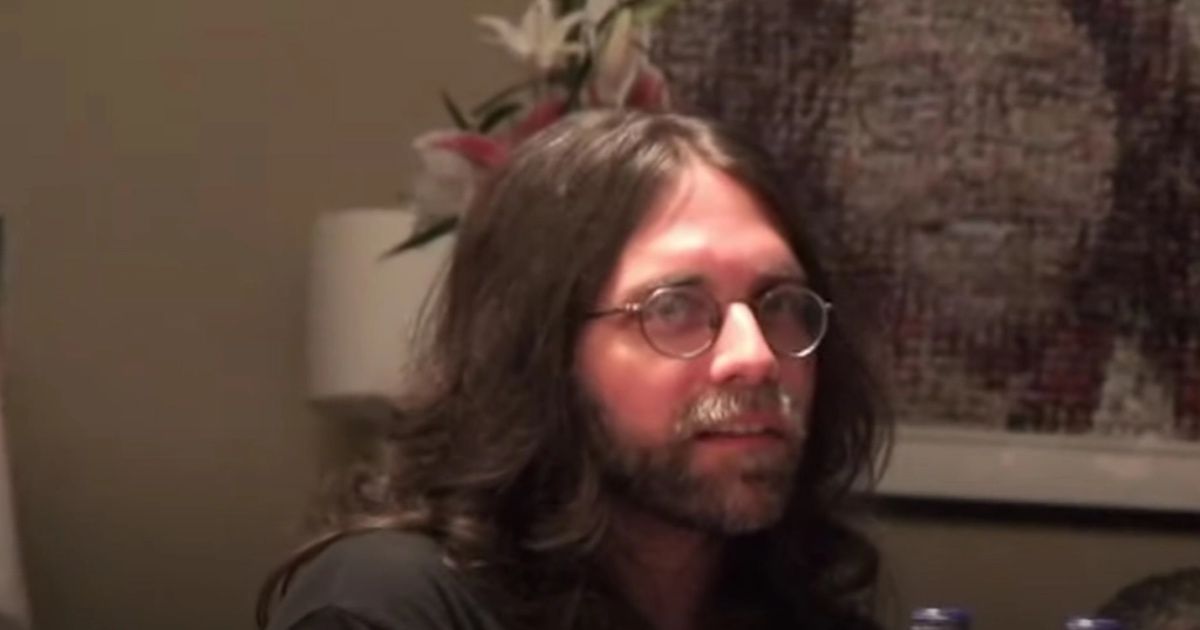

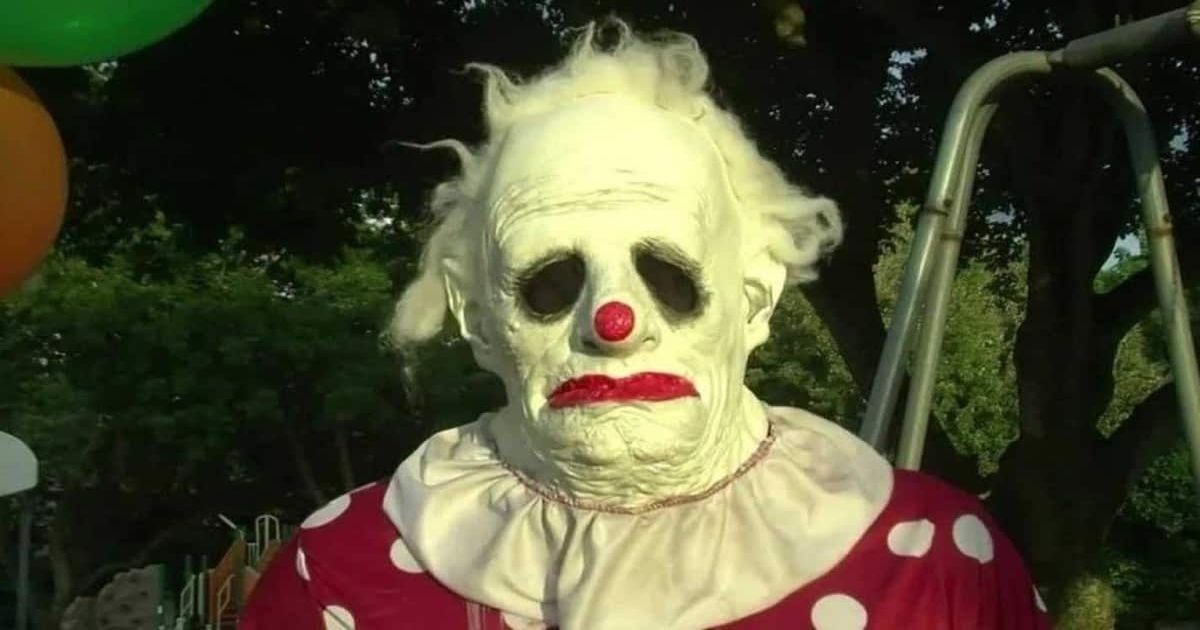
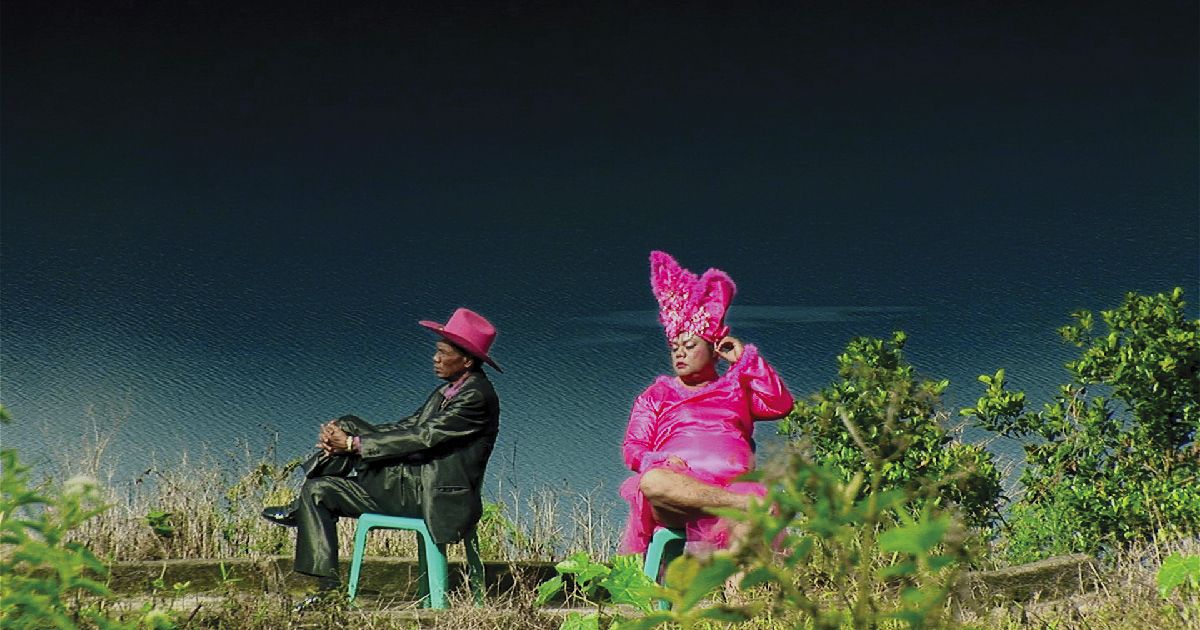



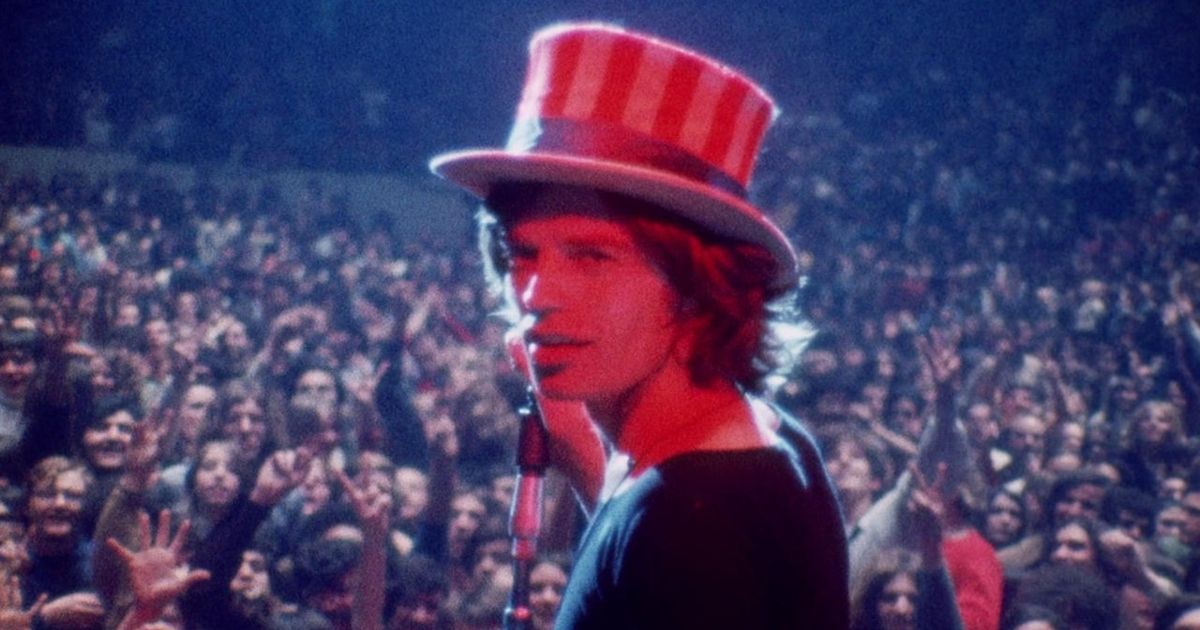


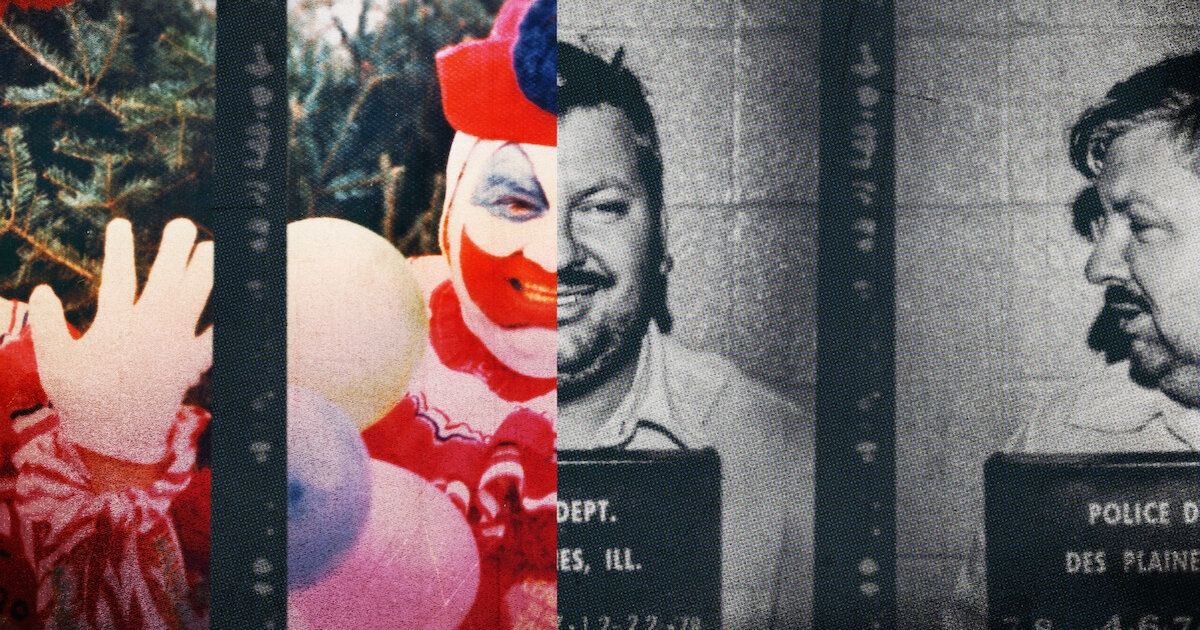

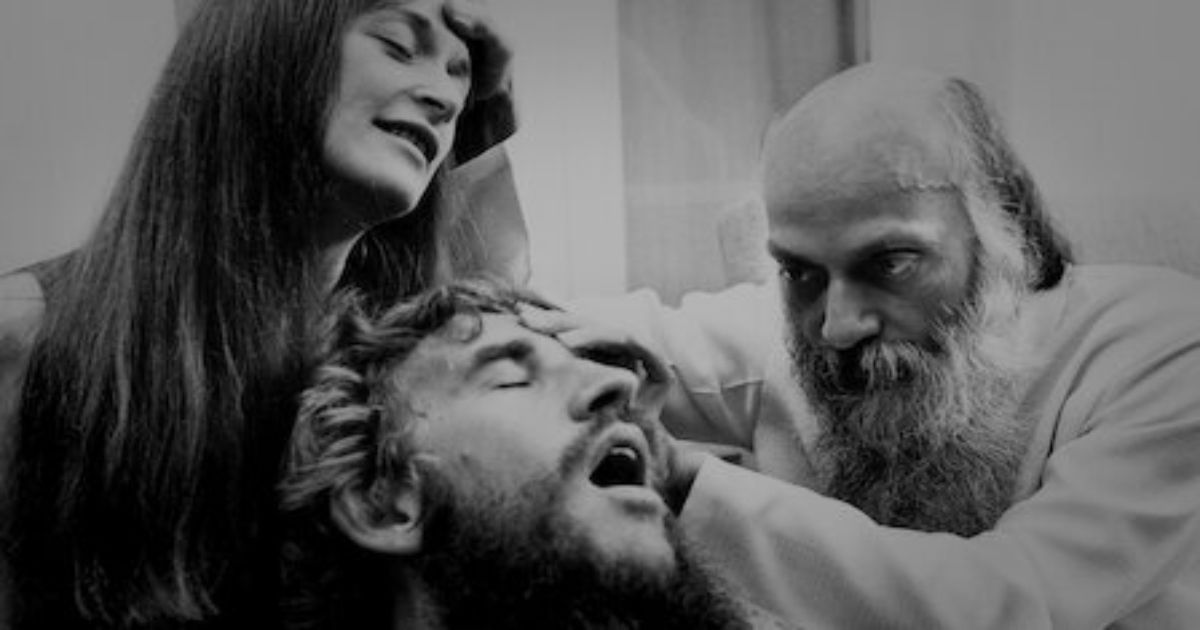

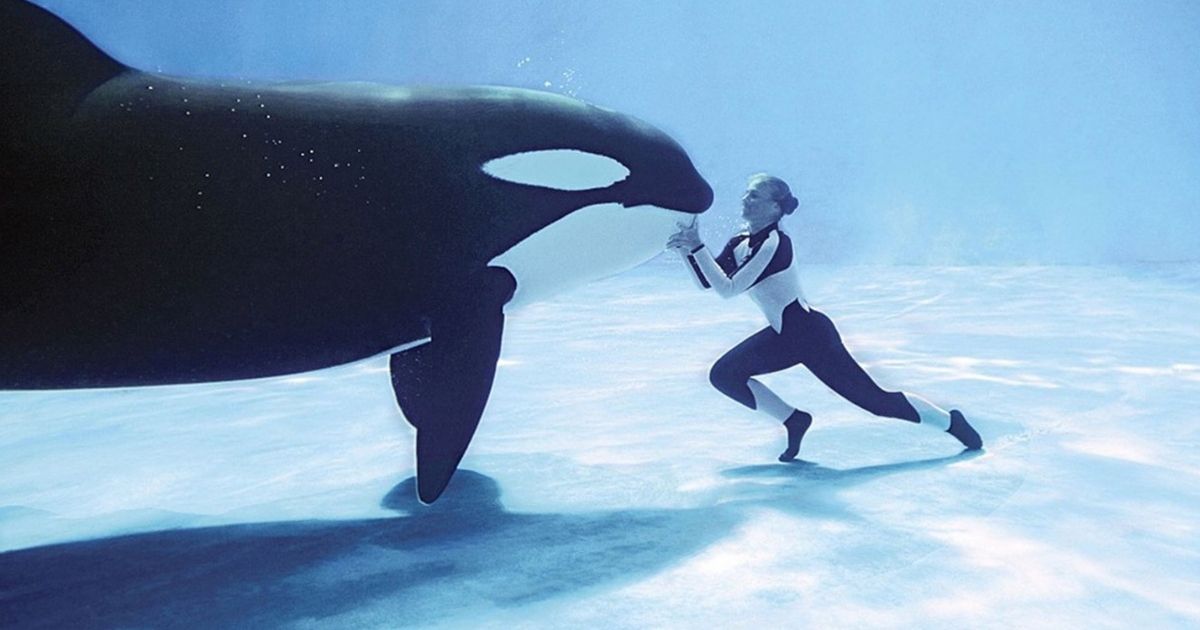


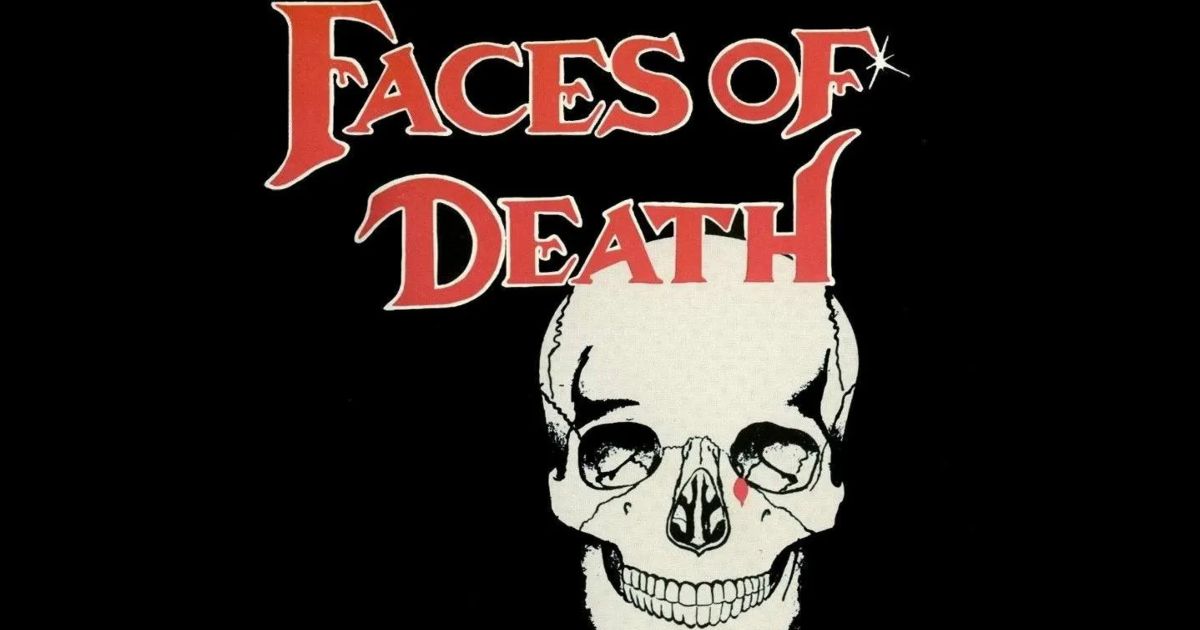

Comments
Post a Comment